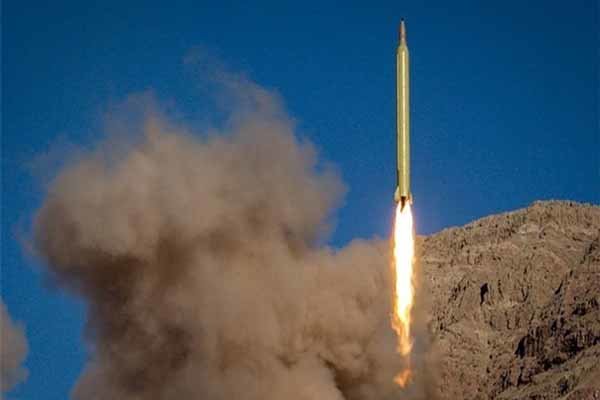IRGC begins major aerial drills

TEHRAN – The Aerospace Division of Iran’s Islamic Revolution Guards Corps (IRGC) has started the major phase of defense exercises in the north-central Iranian province of Semnan.
The new stage of the drills, dubbed “Defenders of the Velayat Skies,” kicked off on Saturday after a five-day preliminary phase, Press TV reported.
Being conducted in an area of 35,000 square kilometers, the drills are aimed at demonstrating Iran’s power, intelligence command, and defense readiness to counter any threats.
U.S. threats to Iran are no more than a pile of rant, IRGC Aerospace Commander Amir Ali Hajizadeh said on the sidelines of the drills, Tasnim reported.
“If the enemy moves wrong our missiles will land roaring on their heads,” the commander said, pointing to recent barrage of U.S. criticism against Iran for a missile test earlier this week.
The U.S. has imposed fresh sanctions on Iran as President Donald Trump shows to have been infuriated by Tehran’s missile program after warning the Islamic Republic that it is “playing with fire.”
In a statement on February 3, the Treasury Department published a list of 13 individuals and 12 entities facing new restrictions. The entities include companies based in Tehran, United Arab Emirates, Lebanon and China.
“The backbone of defense sanctions is broken,” Hajizadeh said, stressing, “We will not hesitate for a moment about boosting our defense power.”
Different types of missile and radar systems, which are designed and manufactured by Iranian specialists and have diverse ranges, will be used during the exercises.
One of the missile systems, called 3rd Khordad, has a range of 75 kilometers and an altitude of 30 kilometers. It is capable of simultaneously engaging several targets and countering electronic warfare with advanced technology.
Another missile system, Tabas, has a range of 60 kilometers and an altitude of 30 kilometers. It can detect all kinds of hostile targets.
Additionally, the long-range Qadir radar system is three dimensional and can detect and track aerial threats up to a range of 1,100 kilometers.
Another radar system, called the Matla-ul-Fajr radar, is capable of tracking aerial threats and has a range of 500 kilometers. It can also detect different types of planes and drones.
The drills come at a time of increased belligerence against Iran by the new U.S. administration. President Trump, Defense Secretary James Mattis, and White House national security adviser Michael Flynn have all recently made anti-Iran remarks. In vague, threatening comments, Flynn said on Wednesday that Washington was “officially putting Iran on notice.”
The Islamic Republic has always stressed that its military might poses no threat to other countries. Recently, and in the face of the hostile public statements by the U.S., senior Iranian officials have voiced Iran’s readiness to defend itself. The IRGC drills are in fact being conducted partly to indicate such preparedness.
(Source: staff and agencies)
Leave a Comment